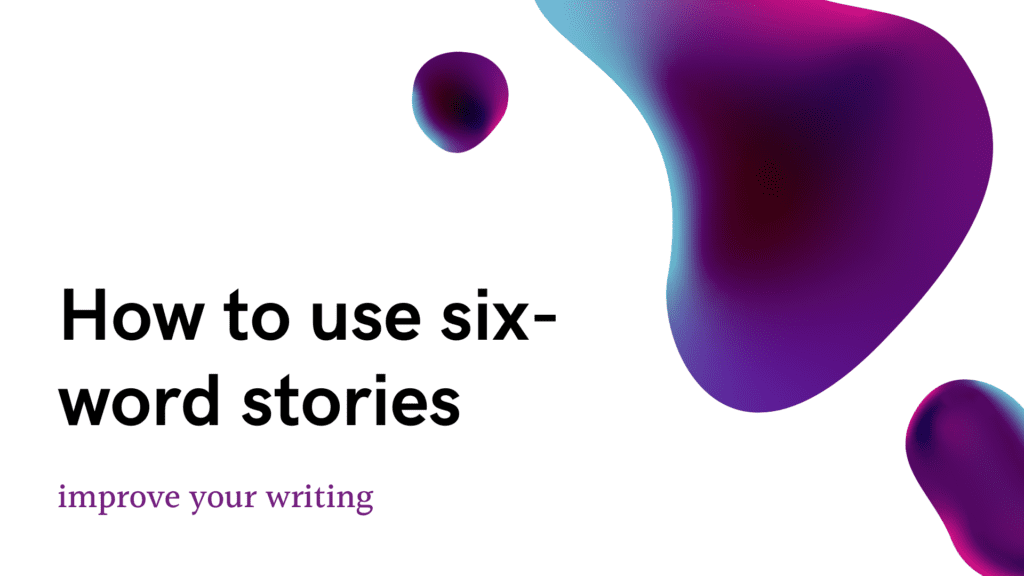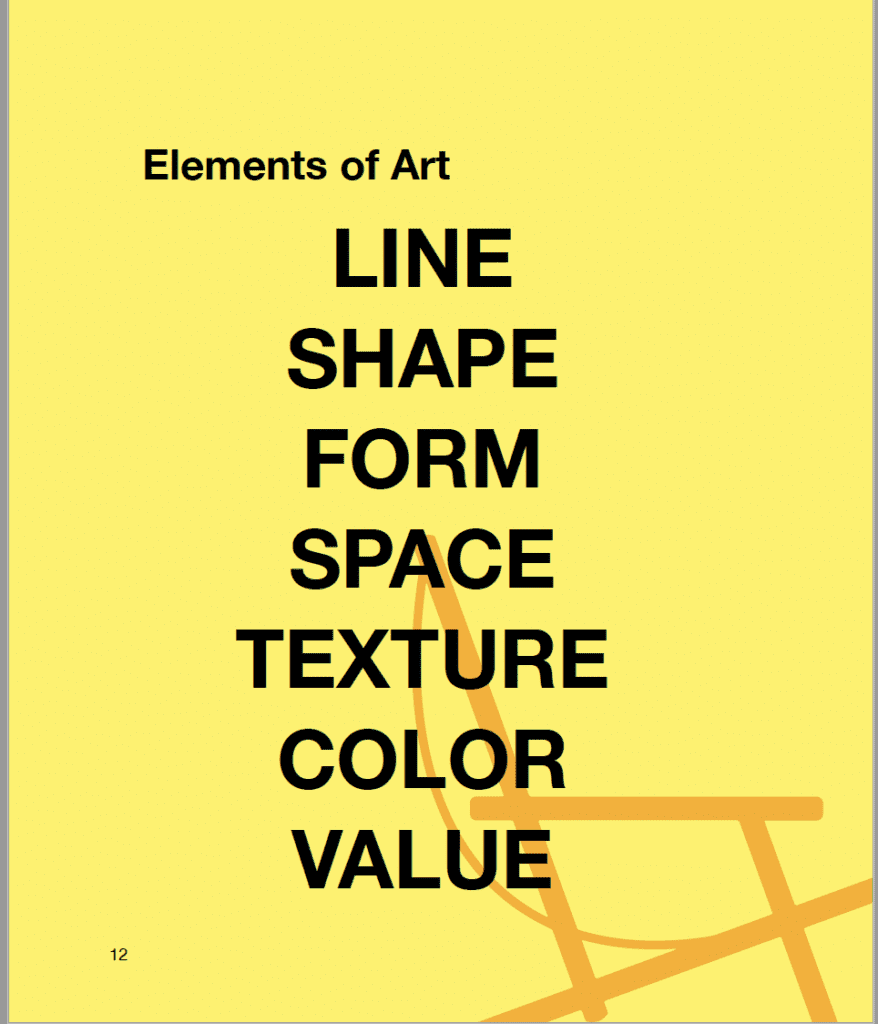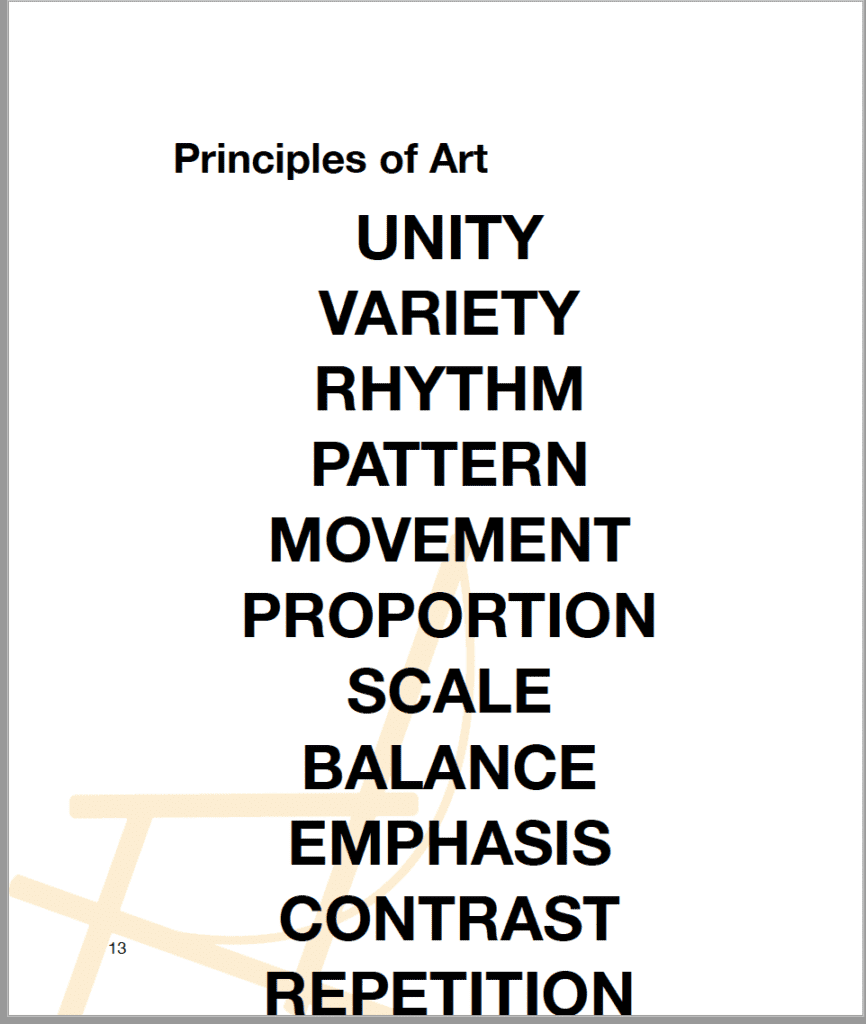The Power of Six Words
We’ve spent the last few days practicing reading works of art. A large part of learning to read a work of art is observing and describing what you see, which seems easy at first, but it’s likely that there is a lot that you’re missing, both when you observe and when you describe what you see.
In the previous examples, I’ve shared long descriptions of works of art; now, we will practice doing the opposite and write about a piece using only six words.
Learn more about six words stories here.

Write a six-word story that describes Oldenberg’s work.
Lipstick on machine protesting Vietnam war.
- Lipstick on Caterpillar Tracks
- To create something solely from memory.
- Lipstick taser transforms into a tank.
- A giant lipstick on a tank.
- Masculine and feminine; War and peace
- Artificial beauty at war with humanity.
Write a six-word story that describes Frankenthaler’s work, The Bay.
- Painting experiences, she stands above.
- An abstract aura felt and expressed.
- The blue-man hovers over a road.
- Looking down on a blue bay.
- Experiencing, not seeing, life through art
- The tides spill into the earth.
Write a six-word story that describes Frank Lloyd Wright’s Fallingwater.
- Attached to nature with internal space.
- A poem turned into a place.
- The house cries due to pressure.
- A river house melded with nature.
- Making living space imitate living things
- Man’s work lives among God’s creations.
How to get started writing your 6-word stories
Now that you’ve seen some examples, it’s time to try to write some of your own 6-word stories. The practice of writing 6-word stories is excellent for describing works of art, and it can be helpful for any writing. It helps you to practice selecting words and being descriptive.
When you start writing, jot down what comes to mind, and then edit.
- What words can you delete because they don’t hold much meaning?
- What words can you delete because they’re repetitive, like “your own”
- What words can you add that are descriptive?
- What do you most want people to know? Remove anything that doesn’t relate.
You’ll find that you’ll need to add and delete words. You may also decide to combine parts of a few of your stories to make one clear description.
Why 6-word stories work
You may be wondering why only six words, why not 9 or 20? There isn’t any magic behind six words, other than it’s a significant constraint. We almost always use more than six words, often not because we have to, but because we can. Six words force you to be extremely picky and intentional.
6-word stories also provide you with an excuse to fail. We often don’t try because we’re afraid we might fail or that our writing won’t be good enough. With the tight constraint of 6 words, if you’re story doesn’t end up being that great, it’s easy to say that it has nothing to do with your writing ability and everything to do with only being allowed to use six words.
If there are works of art that you wish you knew more about or could remember, try writing a few 6-word stories about them. If you’re not sure where to start, here’s a list:
- The Ambume stone
- Fruit and Insects: Rachel Ruysch
- Improvisation 28: Vassily Kandinsky
- Jahangir Preferring a Sufi Shaikh to Kings
- Rebellious Silence, from the Women of Allah series: Shirin Neshat
Identifying the elements and principles

Take it a step farther, and use your description to help you identify elements and principles that the artists used in their work to organize their compositions.
Oldenberg’s, Lipstick on machine protesting Vietnam war.
- Lipstick [ element: shape] on Caterpillar [element:shape] Tracks [element:texture]….[principle:contrast] [princple:scale]
- Lipstick taser [element:shape] transforms [principle: emphasis or contrast] into a tank [element:shape]. Lipstick + tank= [princple: scale]
- A giant [principle: scale] lipstick [element:shape] on a tank. [element:shape]
- Masculine [ element: shape, color, texture] and feminine; War [princple:contrast] [element: texture, color] and peace [princple: harmany/unity] [element:texture,color] *we tend to associate shapes, colors, and textures with masculine and feminine
- Artificial [princple: emphasis] beauty [principle: harmony] at war [principle: contast] with humanity [principle: unity].
